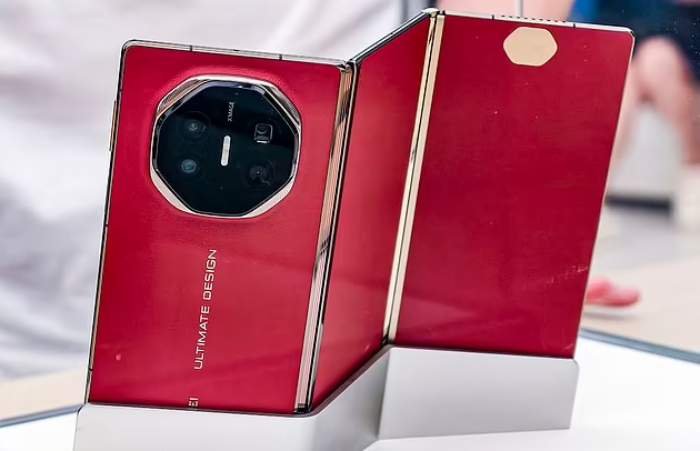Warning: Trying to access array offset on value of type null in /home/admin/domains/mobile57.com/public_html/mobile-news-detail.php on line 466
Deprecated: str_replace(): Passing null to parameter #3 ($subject) of type array|string is deprecated in /home/admin/domains/mobile57.com/public_html/mobile-news-detail.php on line 466
Warning: Trying to access array offset on value of type null in /home/admin/domains/mobile57.com/public_html/mobile-news-detail.php on line 470
Deprecated: str_replace(): Passing null to parameter #3 ($subject) of type array|string is deprecated in /home/admin/domains/mobile57.com/public_html/mobile-news-detail.php on line 470
Warning: Trying to access array offset on value of type null in /home/admin/domains/mobile57.com/public_html/mobile-news-detail.php on line 473
Warning: Trying to access array offset on value of type null in /home/admin/domains/mobile57.com/public_html/mobile-news-detail.php on line 493
Warning: Trying to access array offset on value of type null in /home/admin/domains/mobile57.com/public_html/mobile-news-detail.php on line 500
Warning: Trying to access array offset on value of type null in /home/admin/domains/mobile57.com/public_html/mobile-news-detail.php on line 501
Warning: Trying to access array offset on value of type null in /home/admin/domains/mobile57.com/public_html/mobile-news-detail.php on line 502
Warning: Trying to access array offset on value of type null in /home/admin/domains/mobile57.com/public_html/mobile-news-detail.php on line 503

Warning: Trying to access array offset on value of type null in /home/admin/domains/mobile57.com/public_html/mobile-news-detail.php on line 519
Warning: Trying to access array offset on value of type null in /home/admin/domains/mobile57.com/public_html/mobile-news-detail.php on line 533
Deprecated: date_create(): Passing null to parameter #1 ($datetime) of type string is deprecated in /home/admin/domains/mobile57.com/public_html/mobile-news-detail.php on line 533
Warning: Trying to access array offset on value of type null in /home/admin/domains/mobile57.com/public_html/mobile-news-detail.php on line 539
Author : Maqsood Ahmed
Latest News
Advertisment
Browse by Brands
- Redmi
- Sego
- Trump Mobile
- Nio
- Nothing
- Poco
- Blackview
- Samsung
- HMD
- Apple
- Huawei
- Oppo
- Nokia
- Honor
- OnePlus
- Xiaomi
- Realme
- Asus
- LG
- HTC
- TCL
- Lenovo
- Razer
- Sony
- ZTE
- Motorola
- Gionee
- ViVo
- Alcatel
- BLU
- Garmin
- Meizu
- Energizer
- Infinix
- Tecno
- Essential
- Doogee
- LAVA
- Symphony
- Microsoft
- Thuraya
- Elephone
- Wiko
- QMobile
- CoolPad
- Ulefone
- Cat
- Walton
- Cubot
- Oukitel
- Sharp
- Casio
- PanaSonic

